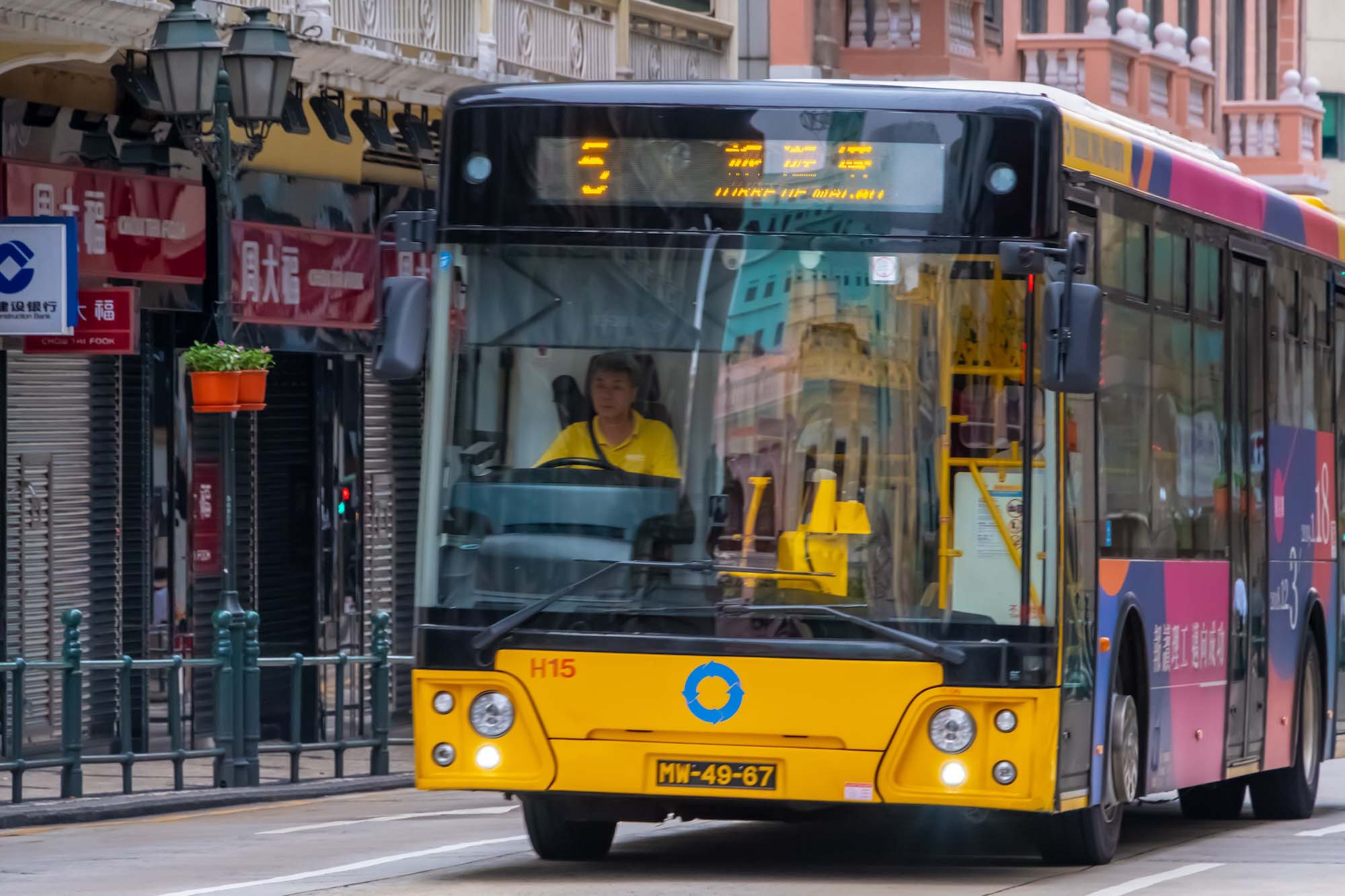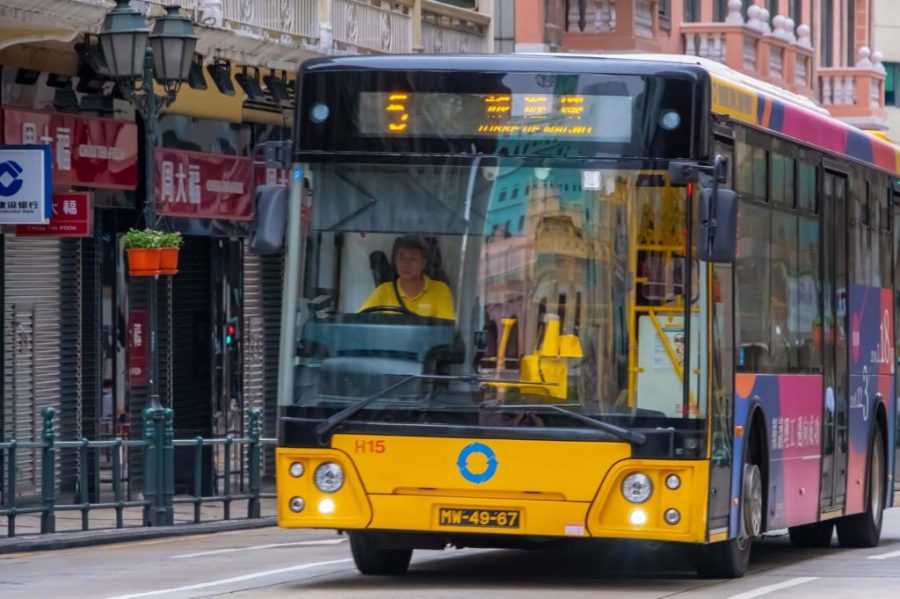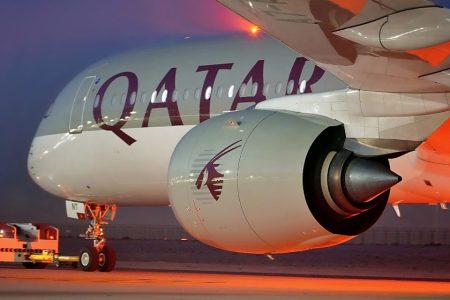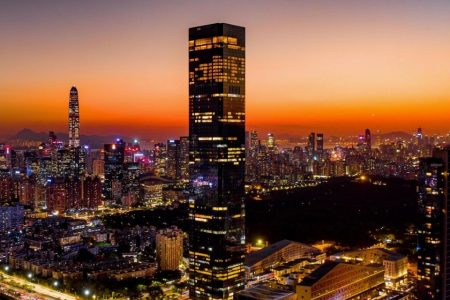Catching public transport in a strange city can be a stressful experience, beset with questions. Do operators take cash or credit cards? Will change be given? How do you know when to get off a particular train, tram or bus? What are those travel cards all the locals seem to be using and where do you buy them? The difficulties are compounded if you’re not familiar with the local languages.
Despite the stumbling blocks, visitors to Macao are sometimes left with no option but to try their luck on public transport. The city is woefully short of taxis, leading to long frustrating waits. Ride-hailing apps are banned. The light rail system only operates a single line, leaving many areas unserved.
[See more: Here’s a guide to the hotel and casino shuttle bus services in Macao]
Luckily, the casino operators offer free shuttle buses to high-demand destinations like the Border Gate and the ferry terminals. But for all points in between, your best bet is the public bus system, which poses the question: how is it done?
Read on for a first-time user’s guide to catching a bus in Macao. At some point during your stay, you’re almost certainly going to need to.
Can I pay in cash?
Yes, but change is not given, so you’ll want to have the exact fare ready in coins. Hong Kong coins are accepted as well as the local patacas and avos.
The bus system in Macao is extremely affordable. If you’re paying in cash, the flat fare – on any route and for any distance – is 6 patacas (about US$0.75).
However, the fare is just 3 patacas (about US$0.37) for payments made with the stored value card known as the Macau Pass. If you’re going to be spending any length of time in Macao, or returning frequently to the city, it’s probably worth getting one.
Note that most locals will actually be paying their fares using the MPay app, which features a digital version of the Macau Pass. However, as a visitor you might find it easier to skip setting up an MPay account and simply using the physical card.
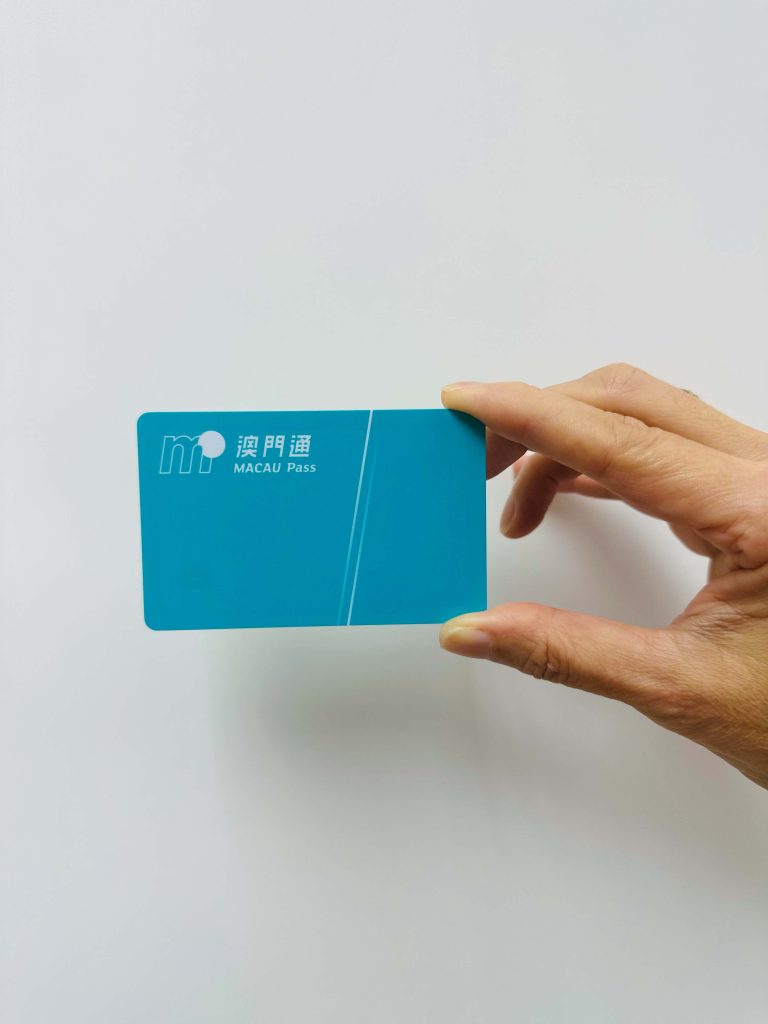
So where can I get hold of a Macau Pass and how much does it cost?
The Macau Pass is available at convenience stores like 7-Eleven and Circle K as well as at Royal supermarkets and Sunsco supermarkets.
You can also find them at vending machines scattered across the city. Try the machines at the Praça Ferreira Amaral, next to the Grand Lisboa Hotel, or at Macao Port. The former will also sell you a Macau Travel Easy Package (link only in Chinese), which combines the Macau Pass and a CTM prepaid SIM card.
[See more: How to get the bus from Macao to Hong Kong Airport (and vice versa)]
The cards can also be bought at Macau Pass’ three customer service centres: Macau Pass Dynasty District Flagship Store (open from Monday to Sunday), Macau Pass Taipa (Monday to Friday) and Macau Pass North District (Monday to Friday). The centres are open from 10 am to 7 pm and closed on public holidays.
The Macau Pass costs 130 patacas, of which 30 patacas is a service fee, leaving you with a balance of 100 patacas.
100 patacas? But that buys 33 bus rides. I won’t need that many.
True! If you’re like most visitors and not in town for long, a 100-pataca balance may seem excessive – assuming you’re just going to be spending it on buses. But you can also use your Macau Pass for payment in many stores, restaurants, entertainment venues and on the LRT. It just makes your stay more convenient.
I see. So I can top up my Macau Pass if I need to?
Yes. You can top it up at any of the places where the card is sold, as well as at any branch of McDonald’s. You can also top it up at the ParknShop, Sanmiu, Tai Fung and Vang Kei supermarkets.
The minimum top-up amount is 50 patacas and the cards can hold up to 1,000 or 3,000 patacas in total balance, depending on type.
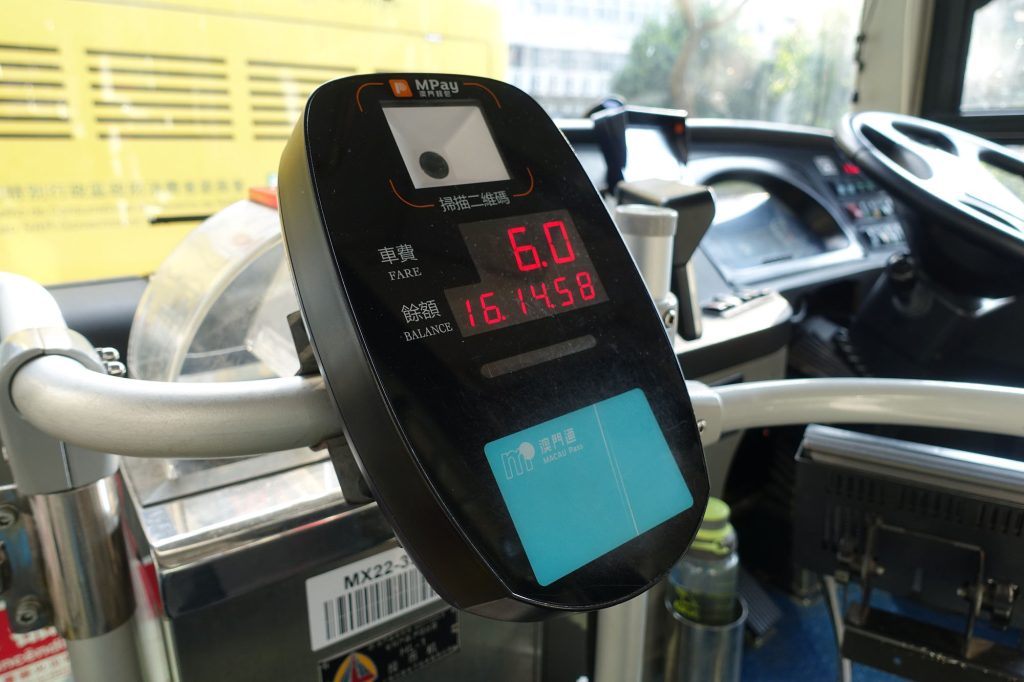
How does the card work?
A simple tap on the card reader. If you hear a loud beep and an E09 sign appears on the reader, it means you’ve already paid and are inadvertently tapping your card twice. An E07 sign means your card has no balance.
OK. I’m all set with my Macau Pass. Now how do I figure out the bus routes?
Macao’s Transport Bureau has an app for that. Download it from the App Store or Google Play.
Many routes pick up at Grand Lisboa, bound for different parts of the city. Routes popular with tourists include 22, 28A or 33 to Taipa Village, and 25, 50 or 26A to Coloane.
For more granular information, use the app and type your destination into “point-to-point route search.” The app will pinpoint your current location, tell you which bus to take, guide you to the nearest bus stop and estimate your journey time.
[See more: What’s next for Macao’s LRT?]
If you tap “route data,” you’ll be able to check all the bus stops en route. The “bus location” function meanwhile gives you a live view of how far you are from your stop.
There’s even a function that shows live cams of the city’s main roads so you can check if you’re going to be held up in traffic.
